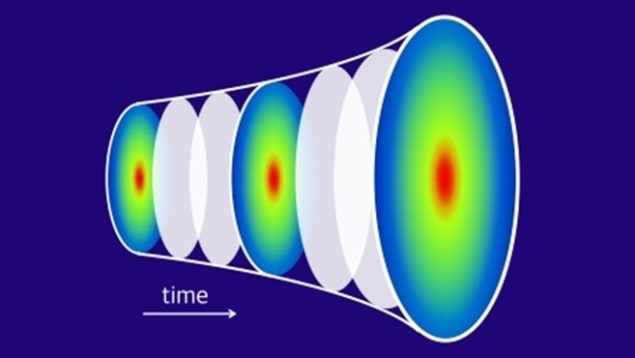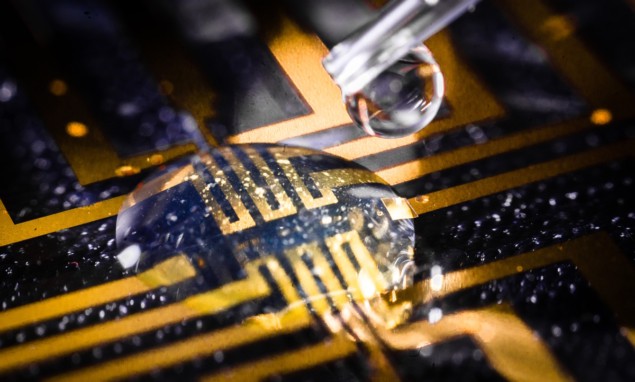Proton–boron fusion passes scientific milestone
09 Mar 2023
Team work: researchers in the control room of the Large Helical Device at Japan’s National Institute for Fusion Science in Toki. (Courtesy: TAE Technologies)
Physicists in the US and Japan have observed nuclear fusion between protons and boron-11 atoms in a magnetically confined plasma for the first time. They say that the result demonstrates the potential of proton–boron fusion as a plentiful, economical source of energy. But others caution that the scientific basis for such an energy source remains largely unproven and that huge technical hurdles stand in the way of commercial power plants.


























